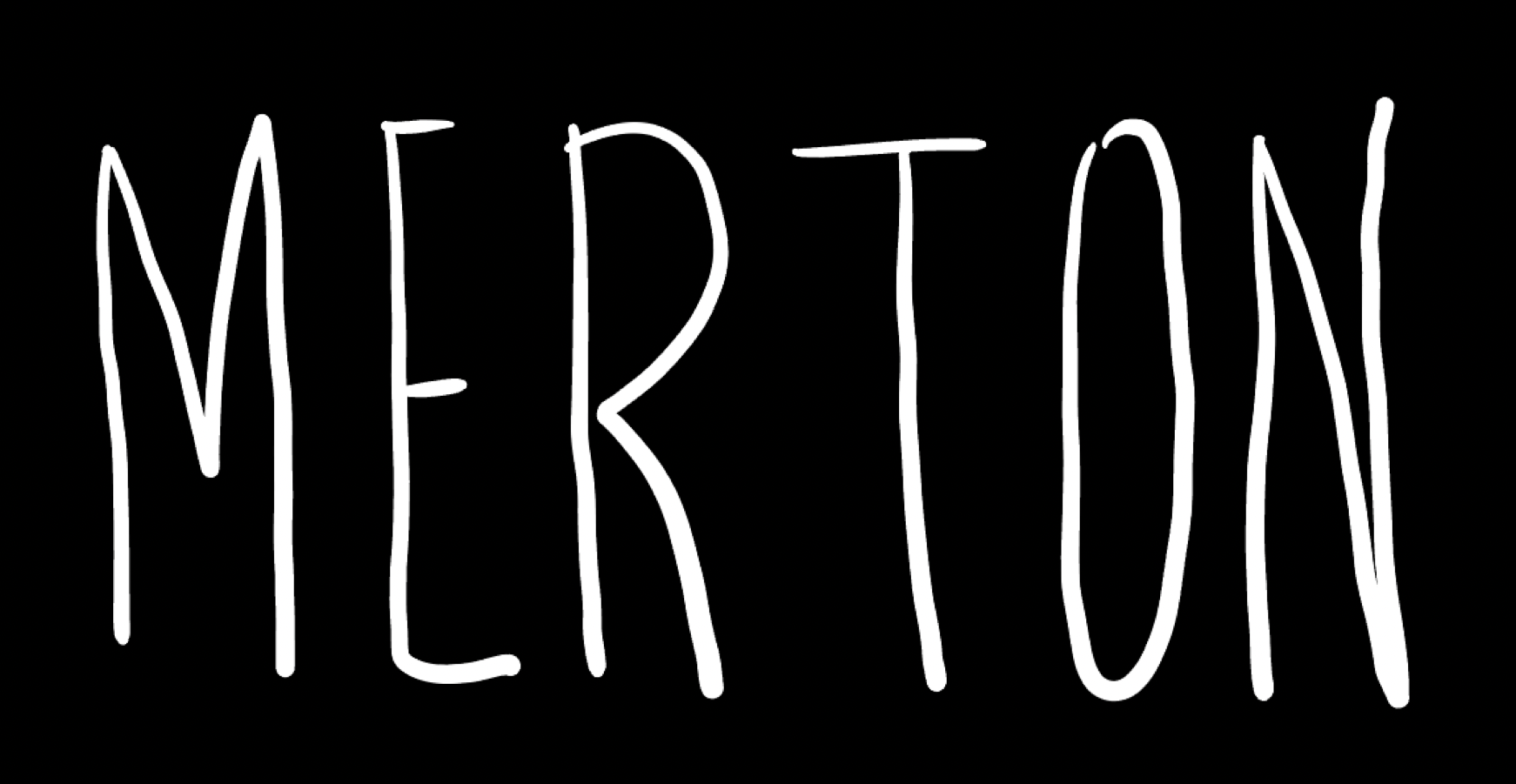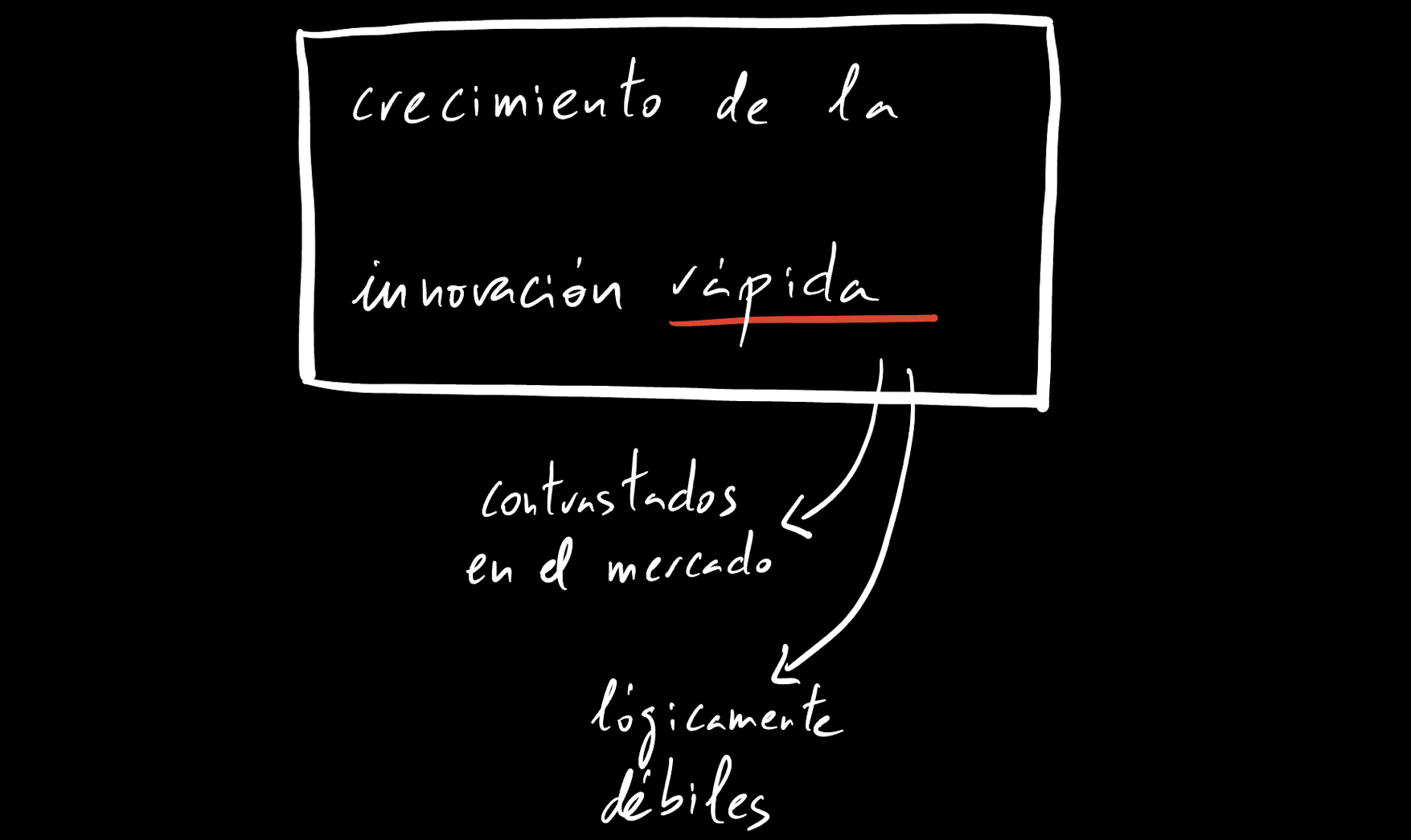Digital product culture
Last Friday, we spent our product management program at the Tramontana Institute session questioning ourselves, debating, tracing its roots, and even proposing a model for what is often called "product culture." It's a big question.
It's a much-used expression.
Like anything that eventually becomes very popular, coming to understand everything we attribute to it is an exercise that has more to do with gardening than with definition.

A story that never stops I proposed moving forward based on what history, the ethnographic perspective, and the approach to models have to offer, which in anthropology received a strong boost from Ruth Benedith and her "Patterns of Culture." The first major figure we turned to was Tim Berners-Lee and his fantastic book "Weaving the Web." This is the work that no one involved in any aspect of digital products can do without: CEOs, programmers, designers, people dedicated to communications, operations, or distribution itself.
This work remains today the source we must periodically refer to in order to understand ourselves.
When I first started messing around with a software program that could shape the World Wide Web, I called it Enquire, short for Enquire Within upon Everything, the title of an old Victorian advice book I saw as a child at my parents' house near London.
With its suggestively magical title, the book served as a portal to a world of information about everything from how to remove stains from clothes to tips on investing.
It wasn't a perfect analogy for the Web, but a primitive starting point.
What that first glimpse of the Enquire code led me to was something much bigger, a vision that encompassed a growth of ideas, technology, and society in an organic and decentralized way.
The vision of the Web I had was of anything potentially connected to anything.
It's a vision that gives us a new freedom and allows us to grow more rapidly than we ever could when we were shackled by the hierarchical classification systems we clung to.
It leaves the totality of previous ways of working as just one tool among many.
It leaves the fears we had of the future as just one among many.
And it brings the workings of society closer to the workings of our minds.
— Weaving the Web, Tim Berners-Lee That's a great piece.
We spent a while talking about how many things are in that DREAM, starting with this quest to find something you can ask anything to and receive anything, of which the new AI developments are a further reworking.
It also helps us understand that our material is also the aspiration for a different form of organization, for a decentralized and even associative culture, one that seeks to get closer to organic mechanisms.
After Berners-Lee, we passed the baton to another 20th-century giant, who has also profoundly influenced what we call product culture.
Linus Torvalds has arguably achieved the most significant milestones in understanding organizations and what they produce.
And he has done so, moreover, succeeding in the broadest sense of the word: a good part of the things we use; a large number of companies that shape those things we use and their trends; in short, a vast market of devices and technologies build on and expand those achievements.
The theory behind open source is simple.
In the case of an operating system, the source code—the programming instructions underlying the system—is free.
Anyone can improve it, change it, exploit it.
But those improvements, changes, and exploitations must be made freely available.
Think Zen.
The project belongs to no one, and to everyone.
When a project is opened up, there is rapid and continuous improvement.
With teams of contributors working in parallel, the results can happen far more quickly and successfully than if the work were being conducted behind closed doors.
— Just for Fun, Linus Torvalds The following leaps led us to more modest contributions, but with a strong influence in the industry.
It is now common to turn to Ken Norton or Marty Cagan to answer that question with which we began the session.
Without a doubt, the latter is the one who has best articulated the different pieces he considers relevant for a company to enjoy a product culture.
If his first work, "Inspired," focused more on the individuals who were called upon to perform this new function, in his second work, "Empowered," he emphasized the importance of ensuring that conditions were ideal for that function to take place.
He put his finger on the wound that is commonly experienced in the industry: the companies; the people who run them; the organizational forms that extend their roots in traditional forms that we had seen in the previous session; all that conglomeration remains the main barrier.
It's a message full of resignation and disillusionment: we're stuck with the processes and rituals (agile as a protocol), without modifying the engine (the culture).
You can't take your old organization based on feature teams, roadmaps, and passive managers, then overlay a technique from a radically different culture and expect that will work or change anything.
— Empowered, Marty Cagan ## From ethnography to the model The ethnographic perspective, for its part, provides numerous references (Google, Facebook, Figma, Twitter/X...) that point to this question about product culture.
But it would be an impossible task to draw anything clear from all of them: many companies fail trying to copy them and soon discover that they are copying the least important things.
To avoid these obstacles, I proposed starting from something that has already been developed in the face of a similar problem: the development of what we call scientific culture, or simply, science.
Science is, among many things, an institution.
The way in which it develops is so multifaceted that focusing on the media could not lead to recognizing it only in them.
Therefore, different backgrounds (from sociology, history, philosophy, etc.) soon undertook the task of advancing our understanding of the different aspects that make up this institution.
Robert K.
Merton's contributions are very enlightening and a good starting point for applying them to our problem.
His approach was to construct a model to understand the dynamics of this institution.
And he ended up synthesizing what has subsequently been known as "Mertonian norms," which were intended to be the expression of what he called the ethos of science.
He placed the institutional goal of science on the growth of certified knowledge; that would be the common project.
Merton's norms, on the other hand, would be the set of shared values to achieve that end: universalism, communalism, selflessness, and organized skepticism.

The spirit of science does not prescribe the means. Without going into too much detail here, in the program we took that reference as an invitation to propose our own model.
Managing digital products is therefore related to what you understand by product culture, without simply copying what is done elsewhere.
On Friday, my proposal focused on an end and four norms, to replicate Merton's model.
The end: growth through rapid innovation.
The norms: dynamism, experimentalism, skepticism, and Adamism.
Their context: seizing or creating opportunities.
I understand "innovation" here as any improvement on something that already exists or the very creation of something that adds value.
In the same vein, I understand standards in a broad and practical sense: they should help you determine whether your organization is ready for a product culture (beyond scrum, story points, or any other specific means), and what aspects you should focus on.
For example, experimentalism helps you understand that an experimental attitude doesn't necessarily mean having A/B tests, but rather a willingness to try things and draw conclusions.
Adamism is possibly the standard that can draw the most attention, along with a skepticism that, unlike the one I mentioned earlier about Merton, is no longer organized: a digital product culture thrives on thinking that isn't overly prescriptive about what might end up working, and that requires a certain feeling of doing something NEW as if no one has done it before.

Product culture is a form of opportunism. ## From Model to Cases Equipped with that model, we set out to identify cases.
First, we noted the entire open source culture.
But we also recognized the four values in smart creatives that Eric Schmidt explained in "How Google Works," which is both a description of Google's culture and a testament to an aspiration for a new way of working.
Likewise, Netflix's "No Rules," which summarizes in two words part of that dream we saw earlier in Berners-Lee.
But we also recognized the values in Amazon's customer culture, in Apple's think different, and in the culture of making constraints work in your favor of the people at 37signals.
We see our customers as invited guests to a party, and we are the hosts.
It's our job every day to make every important aspect of the customer experience a little better.
Jeff Bezos We'll leave for the next session to continue with the connection that exists between product culture and team organization methods, which takes on special relevance in this type of environment.